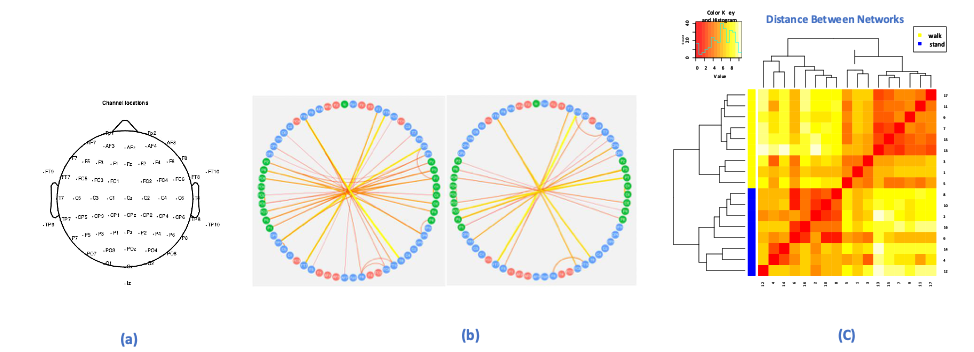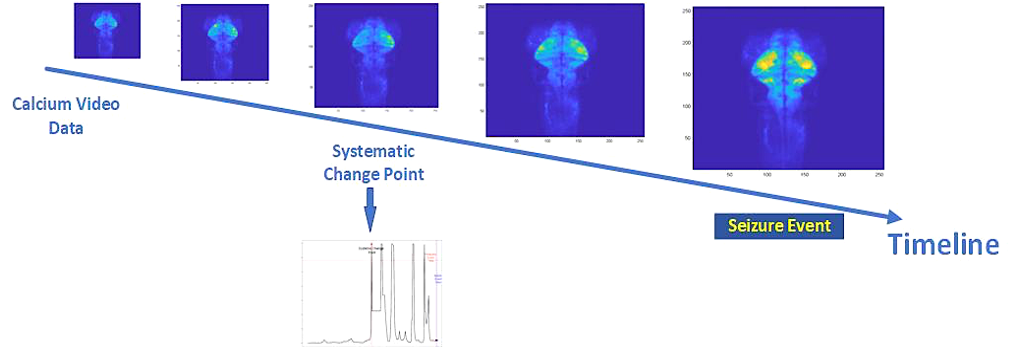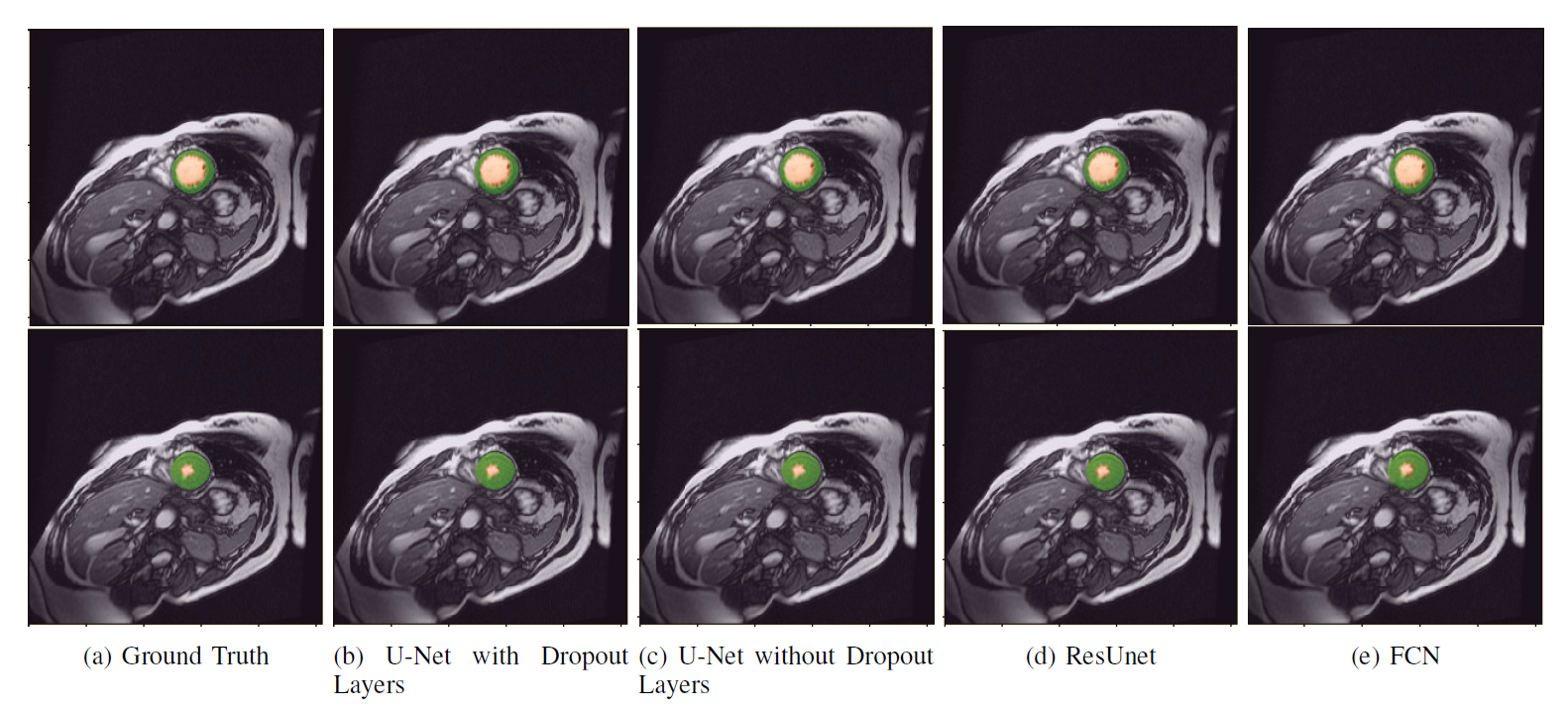Projects
Time-frequency Analysis of Scalp EEG with Hilbert-Huang Transform and Deep Learning |
 |
| Electroencephalography (EEG) is a brain imaging approach that has been widely used in neuroscience and clinical settings. The conventional EEG analyses usually require pre-defined frequency bands when characterizing neural oscillations and extracting features for classifying EEG signals. However, neural responses are naturally heterogeneous by showing variations in frequency bands of brainwaves and peak frequencies of oscillatory modes across individuals. Fail to account for such variations might result in information loss and classifiers with low accuracy but high variation across individuals. To address these issues, we present a systematic time-frequency analysis approach for analyzing scalp EEG signals. In particular, we propose a data-driven method to compute the subject-specific frequency bands for brain oscillations via Hilbert-Huang Transform, lifting the restriction of using fixed frequency bands for all subjects. Then, we propose two novel metrics to quantify the power and frequency aspects of brainwaves represented by sub-signals decomposed from the EEG signals. The effectiveness of the proposed metrics are tested on two scalp EEG datasets and compared with four commonly used features sets extracted from wavelet and Hilbert-Huang Transform. The validation results show that the proposed metrics are more discriminatory than other features leading to accuracies in the range of 94.93% to 99.84%. Besides classification, the proposed metrics show great potential in quantification of neural oscillations and serving as biomarkers in the neuroscience research. |
Predict and Classify Epileptic Seizures From Brain-wide Calcium Imaging Video |
 |
| Epilepsy is a neurological disorder in the brain characterized by recurrent, unprovoked seizures. In this project, we worked on three aspects of epilepsy study: (epilepsy) classification, (epileptic seizures) prediction, and spatiotemporal structure discovery. The calcium imaging video data images the whole brain-wide neurons activities with electrical discharge recorded by calcium fluorescence intensity (CFI). Using zebrafish's brain-wide calcium imaging video data, we first propose a data-driven approach to effectively predict the epileptic seizures. Our approach includes two phases: offline training and online testing. Specifically, during offline training, we confirm the existence of systemic change point, and estimate the ratio of unchanged system duration. For online testing, we implement a statistical model to estimate the change point, and then predict the onset of epileptic seizure. Furthermore, we explore the macroscopic patterns of epileptic and control cases, and then build classifiers using machine learning models. Based on the data structure, we also propose a method to discretize related features, and further visualize the pattern difference using unsupervised learning methods. Finally, we discover the spatial structure based on mutual conditional entropy and recover the temporal system state trajectory that leads to epileptic seizures. |
Automated Semantic Segmentation of Cardiac Magnetic Resonance Images with Deep Learning |
 |
| Machine learning algorithms, especially deep learning architectures, have demonstrated immense potential for biomedical segmentation, often surpassing expert-level performance. For cardiac magnetic resonance (CMR) imaging, semantic segmentation is critical to deriving clinical measures such as myocardial mass and volume. However, challenges still exist. Manual delineation by domain experts is time-consuming and subject to human errors. With semi-automated segmentation techniques, it is challenging to analyze images of the same subject twice, end-diastole and end-systole of the cardiac cycle. To address these challenges, we propose a deep learning-based end-to-end analytical pipeline for automated segmentation of short-axis CMR imaging. The automated pipeline successfully avoids the problem of human subjectivity and achieves expert-level segmentation accuracy. With a large heterogeneous data inclusive of subjects with varying conditions, our model overcomes the data-homogeneity and achieves 99.9% dice similarity score, which outperforms the current state-of-art work. |
